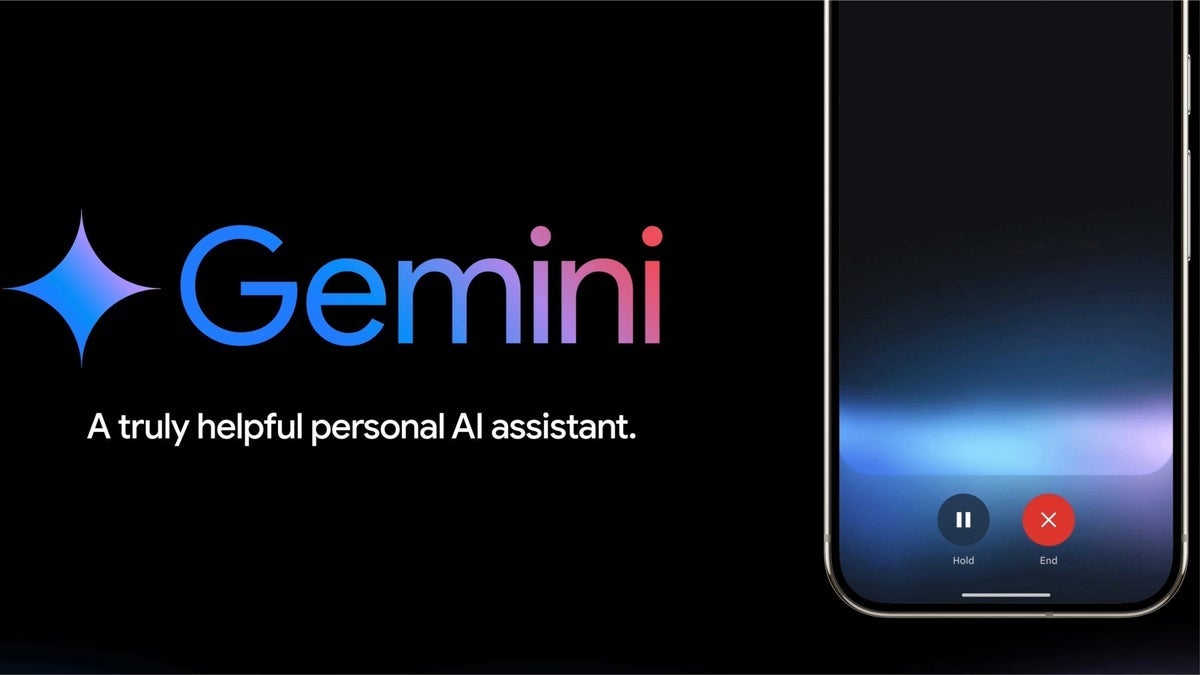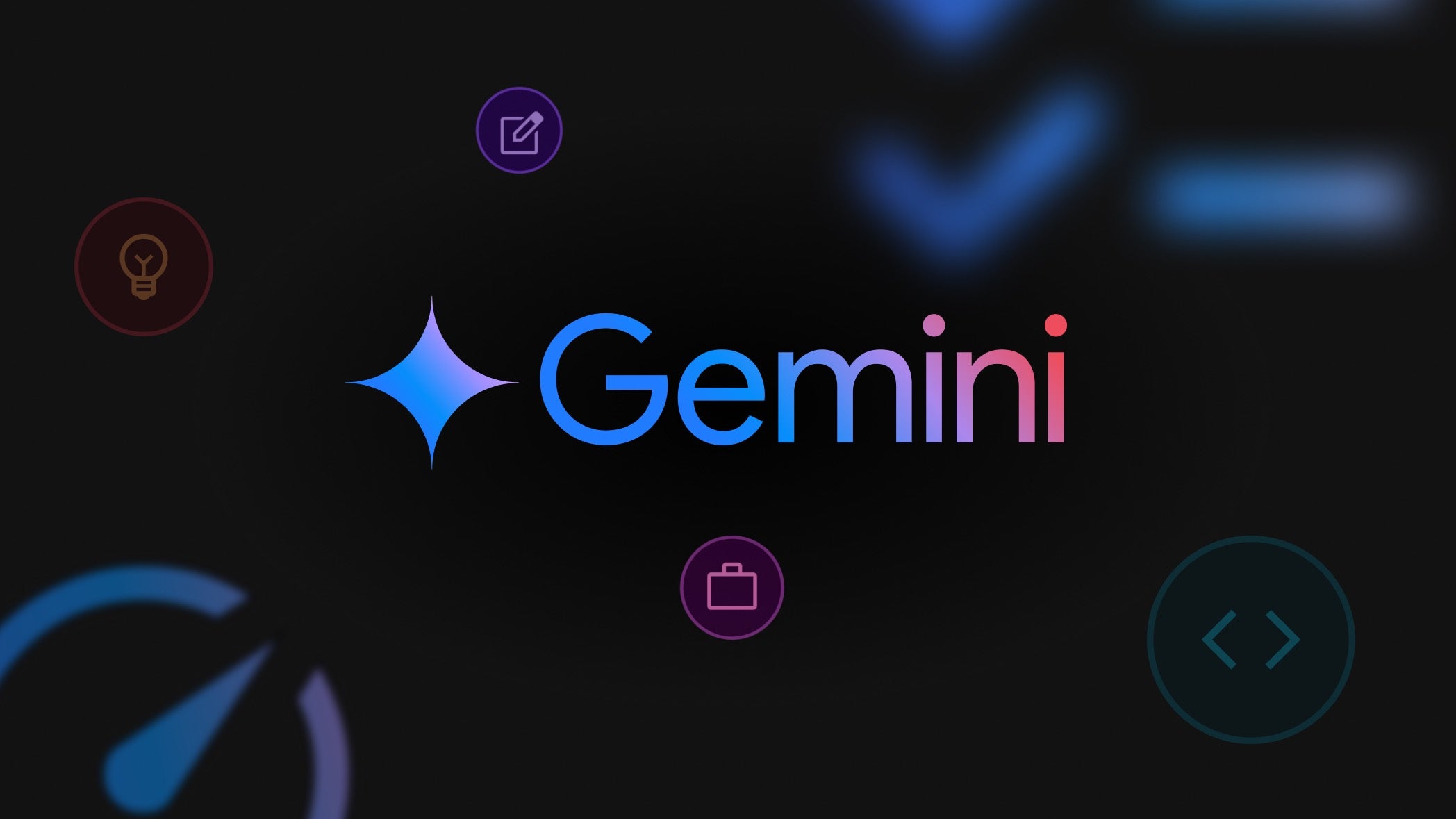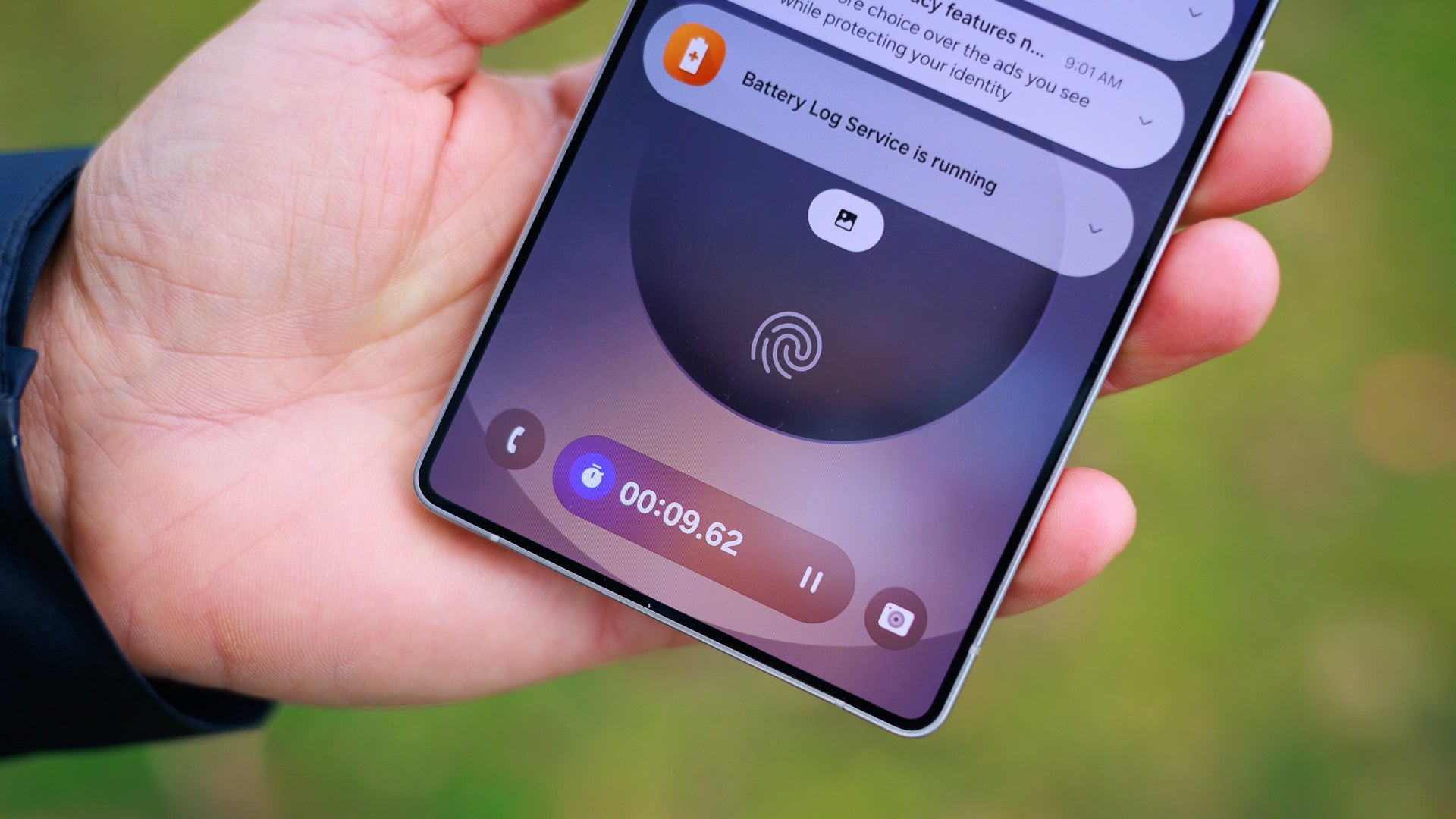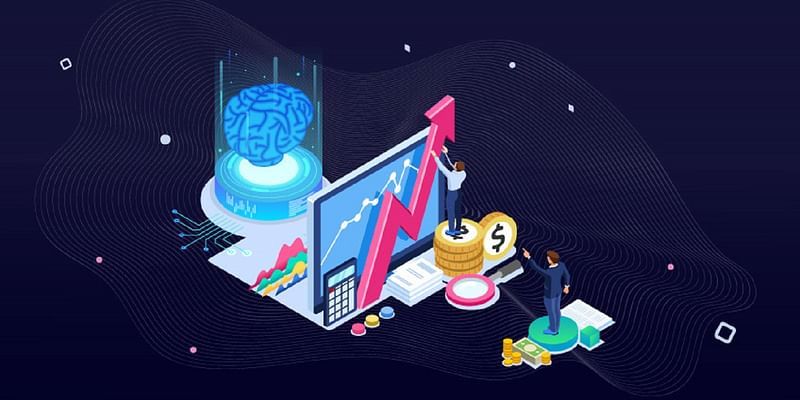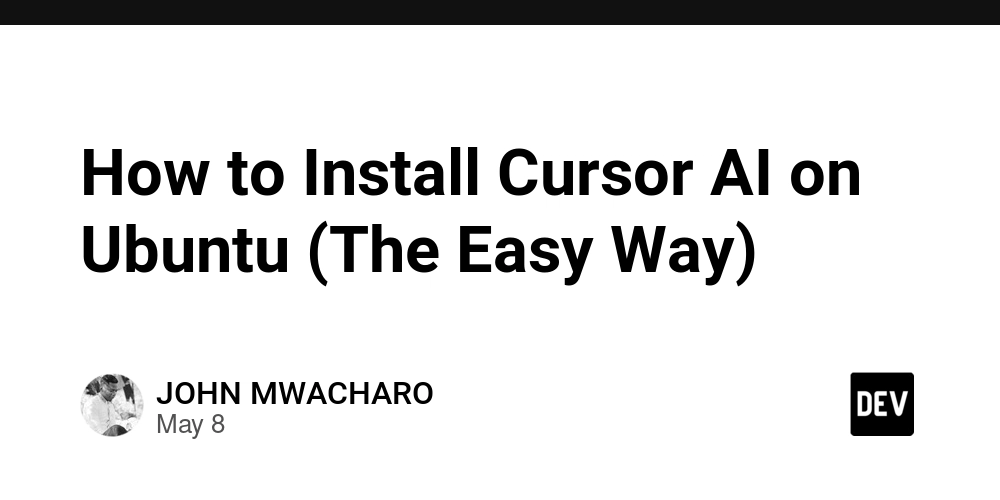Open Source Monetization: Challenges, Strategies, and Future Innovations
Abstract This post delves into the evolving world of open source monetization, outlining its historical background, core concepts, technical innovations, and practical applications. We explore dual licensing, blockchain–driven tokenization, NFT incentives, and community-driven funding models. Special emphasis is placed on the challenges of sustaining open source projects, while providing a forward-looking perspective on regulatory clarity, enhanced community engagement via AI, and cross-platform collaborations. This comprehensive guide is enriched with real-world examples, tables, and valuable resources to help developers and business leaders navigate the intersection of open source funding and modern technology. Introduction Open source software has revolutionized the digital landscape by empowering developers to create, share, and collaborate on projects that fuel innovation. However, as open source projects increasingly underpin modern technology, monetization models must evolve to sustain development efforts without compromising the spirit of openness. In this post, we outline strategies such as dual licensing, premium features, blockchain-driven tokenization, and NFT incentive models—all critical for transforming passion and collaboration into financial sustainability. With rising trends in blockchain, NFTs, and innovative licensing frameworks, open source monetization has become a hot topic. This post builds upon the detailed article on Open Source Monetization: Challenges and Strategies by incorporating additional insights and resources. Whether you’re a solo developer, technical executive, or business leader, you will find expert advice and practical recommendations to support secure, sustainable project funding. Background and Context The roots of open source date back several decades. Originally a movement emphasizing free access to source code, projects like Linux, Mozilla, and Apache laid a strong foundation for the paradigm of shared innovation and transparency. Over time, open source evolved from merely a cultural philosophy to a dynamic ecosystem that now drives modern infrastructure, from cloud computing to mobile development. History and Definitions Open Source Movement: Initially born from academic and research collaboration, this movement encouraged free sharing of code with few restrictions. Licensing Models: With licenses ranging from permissive (e.g., MIT, Apache) to restrictive (copyleft licenses such as GNU GPL), the choice of license plays a key role in determining how projects spread and generate revenue. For more details, check the Copyleft Licenses Ultimate Guide. Ecosystem and Economic Impact The open source ecosystem spans: Developers/Maintainers: These community contributors drive innovation and offer technical expertise. Users: From startups to Fortune 500 companies, users harness free open source software to advance their business and technology initiatives. Corporations and Nonprofits: While benefiting from open source, many organizations provide funding and sponsorships through models like dual licensing and premium services. Traditional revenue models fall short in this environment, creating a need for alternative strategies to ensure long-term financial sustainability. Intersection with Blockchain and NFTs Technologies such as blockchain and NFTs have opened new avenues for rewarding contributions and funding open source projects. For instance, by leveraging License Token’s approach, developers can tokenize contributions and award NFT-based incentives, as seen in collections like the Zora NFT Collection and Upland NFT Collection. Such mechanisms are revolutionizing financial sustainability for open source initiatives. Core Concepts and Features Successful open source monetization combines various technical and funding strategies. Below are some key concepts shaping modern funding models. Open Source Licensing Models The licensing choice sets the foundation for possible revenue channels: Permissive Licenses: These allow wide adoption by permitting modifications and redistribution with minimal constraints. Copyleft Licenses: These encourage community contribution by mandating that derivative works remain open source. For additional legal insights, refer to The Downside of Apache License and Why I Never Would Use It. Dual Licensing and Hybrid Models In dual licensing, a project is offered freely for community use while a premium, proprietary license is available for commercial users. This model ensures: Wide community adoption through free access. Revenue generation by offering exclusive features, support, or legal assurances to paying enterprises. Blockchain and Tokenization With blockchain integration, open source projects now have the means to deploy smart contracts and token-based rewards. This allows: Transparent rewards for co
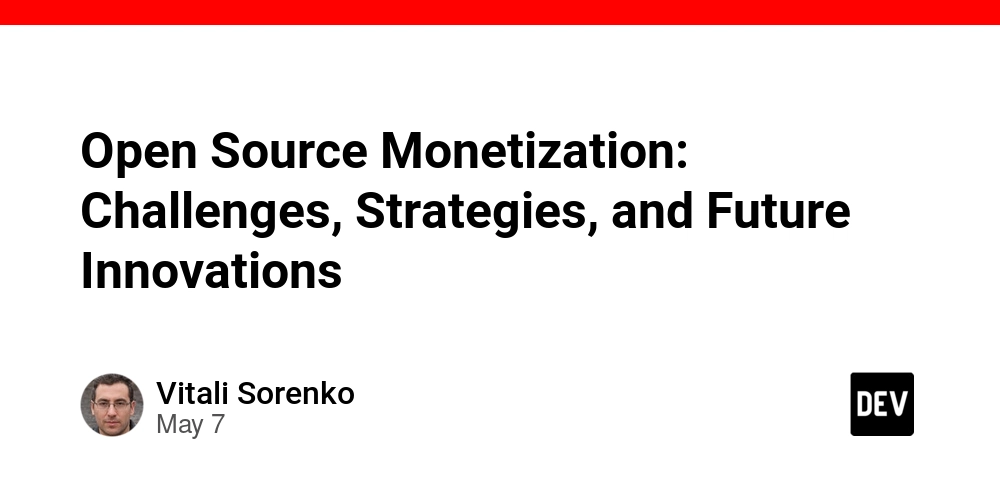
Abstract
This post delves into the evolving world of open source monetization, outlining its historical background, core concepts, technical innovations, and practical applications. We explore dual licensing, blockchain–driven tokenization, NFT incentives, and community-driven funding models. Special emphasis is placed on the challenges of sustaining open source projects, while providing a forward-looking perspective on regulatory clarity, enhanced community engagement via AI, and cross-platform collaborations. This comprehensive guide is enriched with real-world examples, tables, and valuable resources to help developers and business leaders navigate the intersection of open source funding and modern technology.
Introduction
Open source software has revolutionized the digital landscape by empowering developers to create, share, and collaborate on projects that fuel innovation. However, as open source projects increasingly underpin modern technology, monetization models must evolve to sustain development efforts without compromising the spirit of openness. In this post, we outline strategies such as dual licensing, premium features, blockchain-driven tokenization, and NFT incentive models—all critical for transforming passion and collaboration into financial sustainability.
With rising trends in blockchain, NFTs, and innovative licensing frameworks, open source monetization has become a hot topic. This post builds upon the detailed article on Open Source Monetization: Challenges and Strategies by incorporating additional insights and resources. Whether you’re a solo developer, technical executive, or business leader, you will find expert advice and practical recommendations to support secure, sustainable project funding.
Background and Context
The roots of open source date back several decades. Originally a movement emphasizing free access to source code, projects like Linux, Mozilla, and Apache laid a strong foundation for the paradigm of shared innovation and transparency. Over time, open source evolved from merely a cultural philosophy to a dynamic ecosystem that now drives modern infrastructure, from cloud computing to mobile development.
History and Definitions
- Open Source Movement: Initially born from academic and research collaboration, this movement encouraged free sharing of code with few restrictions.
- Licensing Models: With licenses ranging from permissive (e.g., MIT, Apache) to restrictive (copyleft licenses such as GNU GPL), the choice of license plays a key role in determining how projects spread and generate revenue. For more details, check the Copyleft Licenses Ultimate Guide.
Ecosystem and Economic Impact
The open source ecosystem spans:
- Developers/Maintainers: These community contributors drive innovation and offer technical expertise.
- Users: From startups to Fortune 500 companies, users harness free open source software to advance their business and technology initiatives.
- Corporations and Nonprofits: While benefiting from open source, many organizations provide funding and sponsorships through models like dual licensing and premium services.
Traditional revenue models fall short in this environment, creating a need for alternative strategies to ensure long-term financial sustainability.
Intersection with Blockchain and NFTs
Technologies such as blockchain and NFTs have opened new avenues for rewarding contributions and funding open source projects. For instance, by leveraging License Token’s approach, developers can tokenize contributions and award NFT-based incentives, as seen in collections like the Zora NFT Collection and Upland NFT Collection. Such mechanisms are revolutionizing financial sustainability for open source initiatives.
Core Concepts and Features
Successful open source monetization combines various technical and funding strategies. Below are some key concepts shaping modern funding models.
Open Source Licensing Models
The licensing choice sets the foundation for possible revenue channels:
- Permissive Licenses: These allow wide adoption by permitting modifications and redistribution with minimal constraints.
- Copyleft Licenses: These encourage community contribution by mandating that derivative works remain open source. For additional legal insights, refer to The Downside of Apache License and Why I Never Would Use It.
Dual Licensing and Hybrid Models
In dual licensing, a project is offered freely for community use while a premium, proprietary license is available for commercial users. This model ensures:
- Wide community adoption through free access.
- Revenue generation by offering exclusive features, support, or legal assurances to paying enterprises.
Blockchain and Tokenization
With blockchain integration, open source projects now have the means to deploy smart contracts and token-based rewards. This allows:
- Transparent rewards for contributions: Each commit or contribution can be verified and tokenized.
- Enhanced trust and accountability: Blockchain’s immutable ledgers ensure traceability. For more details on these innovative methods, explore License Token Enhancing Open Source Project Visibility.
NFT Incentive Models
NFTs (Non-Fungible Tokens) have broadened the horizon as financial instruments in open source ecosystems by:
- Issuing identities and unique collectibles: Rewarding contributors with NFTs enhances community status and investment potential.
- Boosting overall project engagement: Collections such as the Zora NFT Collection illustrate how NFTs can serve a dual role as digital keepsakes and revenue mechanisms.
Crowdfunding and Corporate Sponsorship
Many projects rely on external support:
- Crowdfunding: Harnessing small contributions from a large user base through platforms like GitHub Sponsors.
- Corporate Sponsorship: Companies fund projects in exchange for premium support, branding opportunities, and exclusive features.
Premium Features and Support Services
Another revenue stream is offering advanced features or dedicated support while keeping core functionalities free. This model is especially prevalent in enterprise settings where service quality and uptime are critical.
Legal Frameworks and Compliance
Ensuring compliance with intellectual property and regulatory standards is essential:
- Legal agreements and clear contributor terms: Resources like the Copyleft Licenses Ultimate Guide help navigate these complexities.
- Tokenized licenses: Incorporating blockchain to verify usage and ensure adherence to licensing terms.
Table Highlighting Core Features
| Feature | Description | Key Benefit |
|---|---|---|
| Licensing Models | Permissive vs. Copyleft licenses | Balancing rapid adoption with controlled revenue generation |
| Dual Licensing | Offering both free and proprietary licenses | Encourages community growth while monetizing enterprise use |
| Blockchain Tokenization | Rewarding contributions using smart contracts and tokens | Ensures transparency and decentralization |
| NFT Incentives | Distributing unique digital collectibles as rewards | Enhances community engagement and provides novel funding avenues |
| Funding Models | Crowdfunding, sponsorships, premium support | Diversifies revenue streams to address sustainability needs |
| Legal Compliance | Clear licensing and contributor agreements | Mitigates risks associated with intellectual property and regulation |
Applications and Use Cases
Let’s look at some real-world examples where these models are successfully implemented.
Enterprise Open Source Software
Enterprises like Red Hat and WordPress have shown that combining open source principles with robust business models can be lucrative. For example:
- Red Hat: Through dual licensing and enterprise support, Red Hat transformed Linux into a profitable ecosystem.
- WordPress: While offering a free core platform, WordPress generates revenue from premium themes, plugins, and hosting services.
Blockchain-Driven Tokenization
Modern projects are leveraging blockchain to reward contributions:
- A project might issue digital tokens in exchange for code commits or documentation efforts. This model, as discussed in License Token’s vision, has great potential to create a self-sustaining community using blockchain transparency and security.
Crowdfunding and Sponsorship
Small-scale projects often build a mixed funding model:
- Crowdfunding: Independent developers frequently use sponsorship platforms like GitHub Sponsors.
- Corporate Sponsorship: Companies contribute funds in exchange for prioritized support or exclusive features, ensuring both innovation and continuity.
Bullet List of Additional Practical Applications:
- Premium Enterprise Support: Providing additional features and dedicated assistance for a fee.
- Hybrid Funding Models: Combining micro-donations with large sponsorship deals.
- NFT-Based Contributor Rewards: Issuing NFTs that honor significant contributions and can eventually be traded.
- Blockchain-Powered Licensing: Harnessing smart contracts to manage license compliance and revenue sharing.
Challenges and Limitations
While innovative, these models face several notable challenges:
- Revenue Gaps: Open source projects make their software freely available, creating inherent revenue gaps. This forces reliance on indirect channels like sponsorships.
- Maintainer Burnout: Relying on volunteer contributions can lead to long hours and burnout, hindering long-term project growth.
- Corporate Reluctance: Companies might view open source as a free public good, making it challenging to secure consistent corporate backing.
- Regulatory Complexity: Navigating legal landscapes, especially with tokenization and NFTs, requires careful attention to data privacy and compliance, as highlighted in Firefox Data Sharing & Privacy.
- Security Risks: Ensuring the security of both open source code and blockchain transactions is critical, as vulnerabilities can quickly erode trust.
Future Outlook and Innovations
Looking ahead, several trends signal major improvements in open source monetization.
Blockchain Scalability and Tokenization Evolution
Advances in blockchain technology will likely lead to:
- More scalable token networks: Enhancing the effectiveness of digital reward mechanisms.
- Deeper integration with NFT markets: Project tokens and NFTs will further validate contributions, creating lucrative opportunities for developers.
Regulatory Clarity and Legal Innovations
As governments refine digital and open source regulations, legal frameworks will:
- Provide clearer guidelines: Reducing ambiguities associated with blockchain-based monetization.
- Enhance collaboration: Aligning international standards for data privacy and intellectual property matters.
Enhanced Community Engagement Through AI
Artificial intelligence can play a significant role in:
- Optimizing donation streams: Automated analytics will make it easier to manage financial flows.
- Tracking contributor performance: AI-driven insights can help allocate resources and recognize key contributors, thereby fostering community engagement.
Cross-Platform Collaborations
Synergies with other digital innovation sectors such as NFT marketplaces, DeFi protocols, and enterprise blockchain services will:
- Drive sustainable funding models: By blending multiple revenue streams, open source projects can become more resilient.
- Open up new investment avenues: Integrating with platforms like Zora NFT Collection and other blockchain technologies will continue to attract diverse investment.
Additional Dev.to Resources
For further insights on funding models and blockchain integration, consider checking out:
- Monetizing Open Source Projects: A Comprehensive Guide
- Open Source Funding for Small Projects – A Sustainable Path Forward
- Financial Planning for Open Source Developers: A Path to Sustainability
- The Importance of Contributor Recognition Systems in Open Source Projects
- Supporting the Builders: Open Source Developer Sponsorship
Summary
The quest for monetizing open source projects is a dynamic journey, marked by the integration of dual licensing, premium support services, blockchain tokenization, and NFT incentive models. This post has examined the historical context, explored cutting-edge concepts, and analyzed real-world applications that exemplify the balance between free software ideals and necessary revenue generation.
Key insights include:
- Licensing strategies: Which lay the foundation for open source distribution and revenue.
- Blockchain and NFTs: Emerging as innovative ways to reward contributions and secure funding.
- Community and corporate funding: Vital for sustaining developer enthusiasm and mitigating maintainer burnout.
Moving forward, the convergence of regulatory clarity, AI-driven community engagement, and cross-platform collaborations promises a robust ecosystem where financial sustainability and open collaboration can coexist. Adopting these strategies not only supports the technological advancement of open source projects but also ensures that they remain resilient and innovative in an ever-changing digital landscape.
Open source monetization continues to evolve, demanding that we remain agile, adaptive, and open to new models of value exchange. Whether you are an active contributor or a decision-maker in an enterprise setting, the call-to-action is clear: embrace these innovative funding strategies to create a stronger, more sustainable future for the global open source community.
With transparency, legal compliance, and community-driven methods at the heart of these innovations, the future of open source funding is not only promising—it is transformative. By leveraging the power of blockchain, NFTs, and diversified revenue streams, we can collectively ensure that open source remains a viable, thriving ecosystem for generations to come.
This post has provided an in-depth look at how open source monetization can evolve through smart licensing, innovative blockchain integrations, and diverse funding channels. Armed with perspectives from both industry experts and real-world implementations, developers and business leaders are encouraged to explore these models further and adapt them within their own projects.
By integrating these strategies into your open source initiative, you can help transform collaborative projects into financially sustainable ventures while preserving the core values of transparency and accessibility that define open source software.
Happy coding, and may your projects find both technical excellence and financial success!








































































































































































![[The AI Show Episode 146]: Rise of “AI-First” Companies, AI Job Disruption, GPT-4o Update Gets Rolled Back, How Big Consulting Firms Use AI, and Meta AI App](https://www.marketingaiinstitute.com/hubfs/ep%20146%20cover.png)












































































































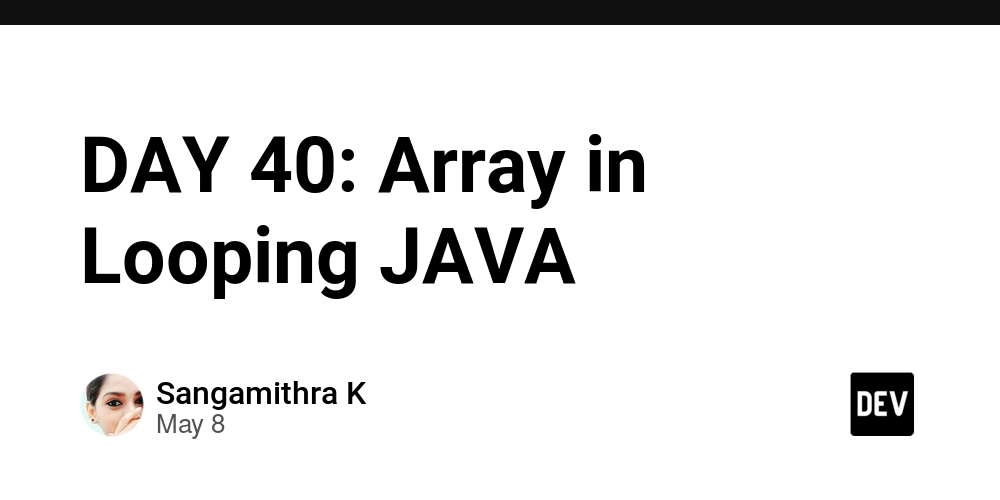








































































































































































































































































![Beats Studio Pro Wireless Headphones Now Just $169.95 - Save 51%! [Deal]](https://www.iclarified.com/images/news/97258/97258/97258-640.jpg)




















































